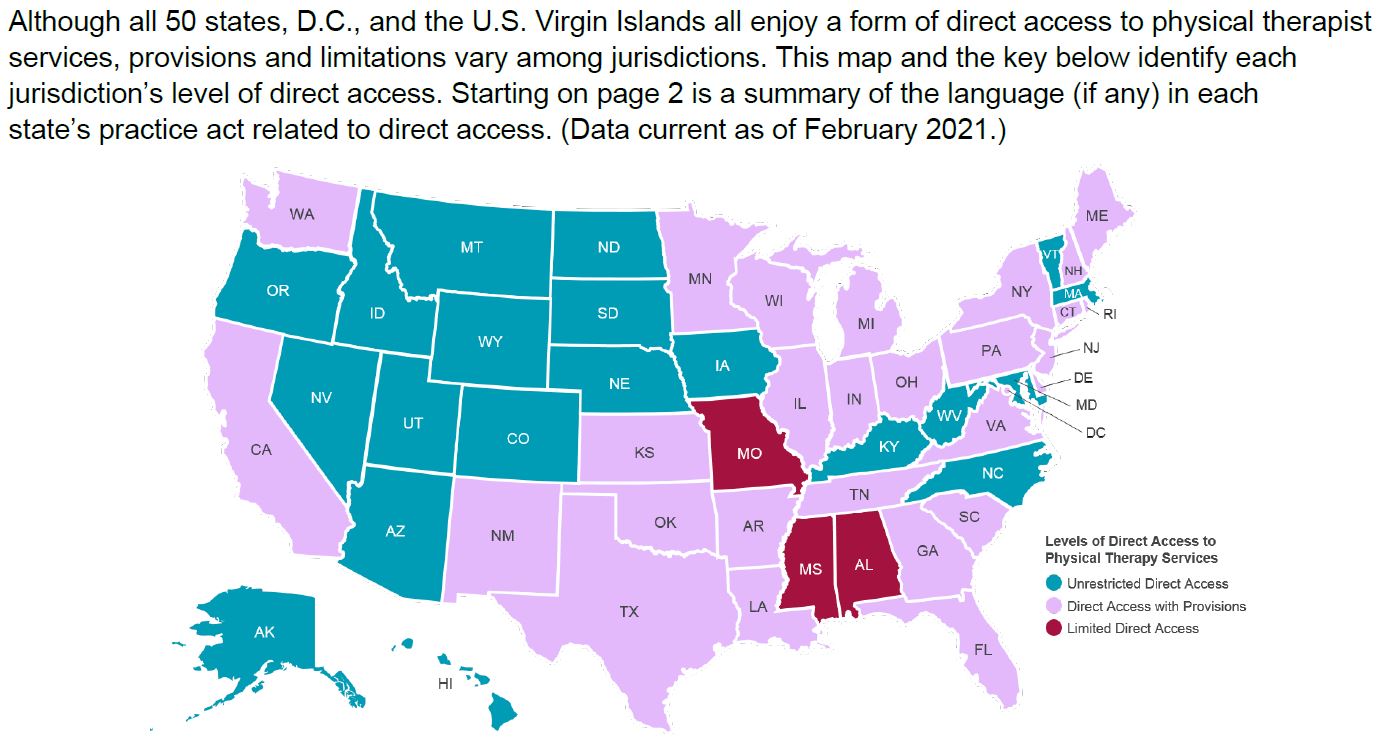Do you remember feeling anxious, excited, or confused about the changes you were about to experience right before puberty? Well, just like puberty, menopause is another time of transition in your life. Both are caused by hormones and can bring about various physical and emotional changes. As it was with the transition during puberty, menopause closes some doors in your life but also opens doors to a new phase of your life.
Each woman experiences different symptoms during menopause. Some women experience significant changes and have a difficult time managing their symptoms while some women breeze through this period. In this menopause series, we will review related physical symptoms of menopause so you know what to expect when the time comes.
Get the Terminology Straight
- Menopause
- Menopause refers to the period after the end of menstruation. It means cessation of the reproductive years. However, you can only say that you are in menopause if you have had no menstruation for 12 consecutive months or more.
- Perimenopause
- You can usually tell if you are approaching menopause and in the perimenopausal period because your menstruation starts changing. This period refers to the time leading up to the cessation of menstruation. During perimenopause, estrogen production in your body slows down. Lots of symptoms, including hot flashes, mood swings, and insomnia may start during the premenopausal years. Some months, you will have light menstruation but some other months you will have heavy menstruation as a result of the fluctuating hormone levels.
- Postmenopause
- Postmenopause refers to the phase of your life that starts after menopause. During this period, your hormones, including estrogen, testosterone, and progesterone, may have been greatly reduced. In this blog, we will simply refer to the period after perimenopause as ‘menopause’ instead of differentiating between postmenopause and menopause.
Symptoms of Menopause
Hot flash
About 75% of women going through perimenopause experience hot flashes. It can be described as the sensation of heat in the upper body and the face.10 It may accompany increased perspiration and make you sweat all over your body. You may feel other symptoms, such as dizziness and heart palpations. There is no clear reason why most women experience hot flashes but they are believed to be caused by the transient dysregulation of the thermoregulatory system, triggering hot flashes as the homeostatic heat loss mechanism in response to reduced estrogen levels.7 In other words, as the level of estrogen in your body drops, the amount of estrogen that reaches your brain may decrease as well. As the level of estrogen in your brain decreases, the level of the hormones called endorphins produced may drop and your brain could perceive this as something going very wrong with your body. Because of this misinterpretation, your brain will produce another hormone called norepinephrine. This norepinephrine will make your body switch over to the “fight or flight mode.” This mode is usually activated when you are put in an extreme situation where your body feels you are in danger. Because of this, your heart beats faster, your vessels dilate, and your blood pressure increases. This reaction of your body, perceiving the drop in estrogen levels as a “dangerous situation,” could produce symptoms like hot flashes and increased anxiety. Additionally, the hot flashes often interfere with sleep by causing intense perspiration, known as the night sweats, which leads to sleeplessness.
Each woman reports differences in the severity and duration of menopause-related hot flashes. Most often, they peak around the first two years of menopause and decline over time. They typically last 5-10 minutes but could last as long as an hour.
Osteoporosis
We cannot say that osteoporosis is caused by menopause. But we cannot deny that estrogen helps your body to absorb calcium and magnesium. As you all might know, calcium and magnesium help you to have strong bones. As the level of estrogen decreases, the level of calcium and magnesium absorbed by the body will be significantly lowered compared to your reproductive years. Whether you consume it through food supplements, the level of absorption during menopause will be lowered and you are more likely to develop osteoporosis.
Cardiovascular Disease
Estrogen plays critical roles in keeping your cardiovascular system healthy. It plays an important role in (1) preventing fat deposit build-up around your vessel walls, (2) helping in the elimination of fats and deposits, (3) preventing spasms of the vessels, (4) assisting in the dilation of the vessels, and (5) increasing the level of good cholesterol and decreasing the level of bad cholesterol. The drop in estrogen levels during menopause can lead to high levels of bad cholesterol. High levels of cholesterol can cause hardening of the vessels. Owing to these sudden changes, midlife women have an increased risk of developing strokes and cardiovascular diseases.
Vaginal Health
The tissue of the vagina is covered with polystratified squamous epithelium. The proliferation of this tissue depends on the production of estrogen. As the perimenopausal period begins, the level of estrogen starts to decline gradually, meaning the growth of new vaginal tissue will be delayed as well. As the proliferation of vaginal tissue slows down, the layers of vaginal tissue become thinner and the nerve endings underneath this tissue become more easily exposed, which, in turn, makes your vagina more sensitive to pressure and pain. Estrogen also plays important roles in controlling humidity and the PH of the vagina, as well as the composition of vaginal discharge. As mentioned above, estrogen has a function to assist in the circulatory system. The drop in estrogen level worsens circulation to the vagina and vaginal tissue will look pale instead of flushed red. Because these dynamic changes can have a negative effect on vaginal health, good bacteria in your vaginal mucosa cannot thrive, which makes midlife women more susceptible to vaginal infections and getting watery discharge.
- Vaginal dryness
- Estrogen helps to keep your vagina lubricated and elastic. As the level of estrogen drops during menopause, the production of lubricant declines, causing vaginal dryness and itchiness. This vaginal dryness can cause discomfort and pain during sex.
- Urinary Incontinence
- Much research has been done to study the relationship between menopause and urinary incontinence.1, 2 However, results are conflicting in supporting correlations between the two. Without considering menopause, as women give birth to children and/or undergo pelvic surgery, they are most likely to develop urinary incontinence regardless. Although the correlation between menopause and urinary incontinence is unclear, there are clear correlations between estrogen and pelvic floor muscles. Opening and closing of the urethra (the tube surrounding the urinary tract) is controlled by the pressure exerted by the surrounding muscle. This pressure should be higher than the pressure inside the bladder in order to keep you dry. In this mechanism, estrogen helps to increase the muscle tone surrounding the urethra. Therefore, if the estrogen level drops, the muscle fiber surrounding the urethra becomes low in tone and cannot seal the urethra tight to keep the urine from getting out.
- Sexual Health
- One of the most common symptoms women experience during the menopausal period is sexual dysfunction, including decreased libido, pain during sex, or an unsatisfied sexual relationship with their partner. According to one research, 42-88% of women experience sexual dysfunction during the perimenopausal or menopausal period. Among these women, about 34% report sexual dysfunction as a result of vaginal dryness.3 Other than vaginal dryness, many other factors influence midlife women’s sexual health. Particularly, the emotional stress from the sudden changes (physical/psychosocial) happening during this period has a significant effect on decreased libido. Surprisingly, sexual dysfunction is not closely related to the hormone estrogen. Libido is controlled by the male sex hormone called testosterone, which is produced by the ovaries. The male sex hormone, testosterone, helps to regulate sexual desire, mood, and the sense of well being. The level of testosterone starts to decline well before the perimenopausal period and is not influenced by the beginning of menopause. Owing to the decline of testosterone with age, one can experience decreased libido during the midlife.
Weight Gain
During the menopause transition, the average weight gain in perimenopausal women is about five pounds. According to one study, the incidence of obesity in the United States among women between 40 and 65 years was calculated as 65% and among women over the age of 65 as almost 74%.9 In another study done on mice, the drop in the level of estrogen caused the accumulation of abdominal visceral fat in the mice. On the other hand, the mice that received estrogen therapy were found to have a reduction in weight and abdominal fat.4, 5 However, other studies done with humans don’t strongly support this conclusion and many say the weight gain in midlife women is caused by multiple factors and depends on aging rather than menopause itself.
We need to look closely to see the other factors if weight gain during this period cannot be blamed on reduced levels of estrogen. Many studies have supported that factors like unhealthy dietary habits, excessive alcohol consumption, smoking, and lack of exercise can facilitate weight gain, https://thefitnessequation.com/buy-phentermine-online/.
Women are more likely to develop arthritis. Because of the pain, inflammation, and lack of flexibility from arthritis, women are less likely to participate in regular exercise. The hallmark sign for menopause, hot flashes, could be another factor because it can lead to sleeplessness and chronic tiredness.4 Sleeplessness can increase one’s appetite, prevent women from becoming involved in physical activity, and is also known to correlate with weight gain. However, the factor mentioned above is fairly manageable with proper guidance from healthcare professionals.
So this was a lot of information at once. I hope this blog was informative and give you a good understanding of what to expect during the menopause transition. We’ll have a part 2 series of this blog coming up soon to teach you tips to better manage these symptoms!
Reference
- Burgio, K. L., Matthews, K. A., & Engel, B. T. (1991). Prevalence, incidence and correlates of urinary incontinence in healthy, middle-aged women. The Journal of urology, 146(5), 1255-1259.
- Brown, J. S., Grady, D., Ouslander, J. G., Herzog, A. R., Varner, R. E., & Posner, S. F. (1999). Prevalence of urinary incontinence and associated risk factors in postmenopausal women. Obstetrics & Gynecology, 94(1), 66-70.
- Thomas, H. N., & Thurston, R. C. (2016). A biopsychosocial approach to women’s sexual function and dysfunction at midlife: A narrative review. Maturitas, 87, 49-60.
- Kozakowski, J., Gietka-Czernel, M., Leszczyńska, D., & Majos, A. (2017). Obesity in menopause–our negligence or an unfortunate inevitability?. Przeglad menopauzalny= Menopause review, 16(2), 61.
- Flegal KM, Carroll MD, Ogden CL, et al. Prevalence and trends in obesity among US adults, 1999-2008. J Am Med Ass. 2010;303:235–241. [PubMed]
- Avis, N. E., Crawford, S. L., & McKinlay, S. M. (1997). Psychosocial, behavioral, and health factors related to menopause symptomatology. Women’s health (Hillsdale, NJ), 3(2), 103-120.
- Perz, J. M. (1997). Development of the menopause symptom list: a factor analytic study of menopause associated symptoms. Women & Health, 25(1), 53-69.
- Santoro, N., & Komi, J. (2009). Prevalence and impact of vaginal symptoms among postmenopausal women. The journal of sexual medicine, 6(8), 2133-2142.
- Kozakowski, J., Gietka-Czernel, M., Leszczyńska, D., & Majos, A. (2017). Obesity in menopause–our negligence or an unfortunate inevitability?. Przeglad menopauzalny= Menopause review, 16(2), 61.
- https://www.hopkinsmedicine.org/healthlibrary/conditions/gynecological_health/introduction_to_menopause_85,P01535
Written by Hyunhye Lee, PT, DPT
ALSO SEE : Physical Therapy Treatment of patients with Parkinson’s Disease



